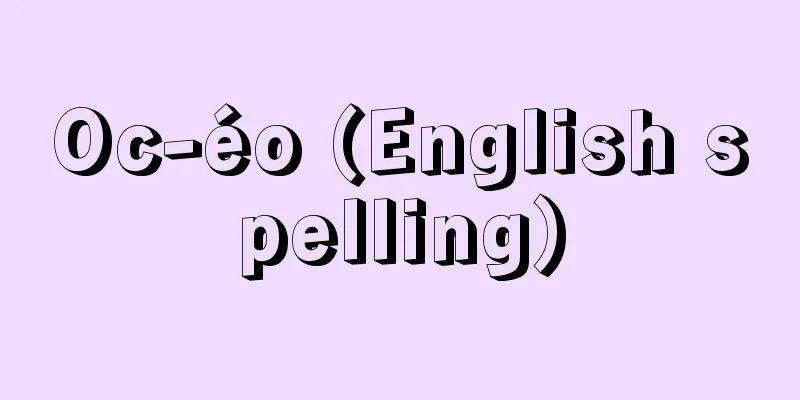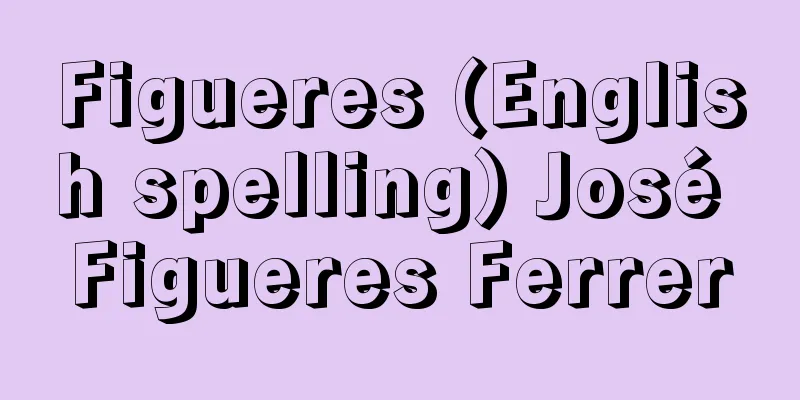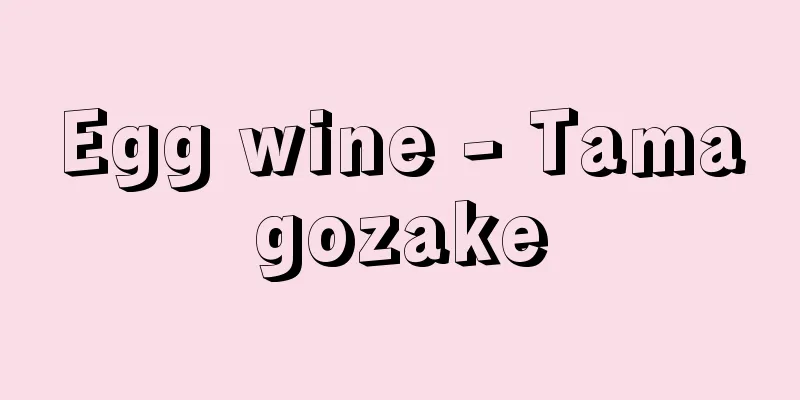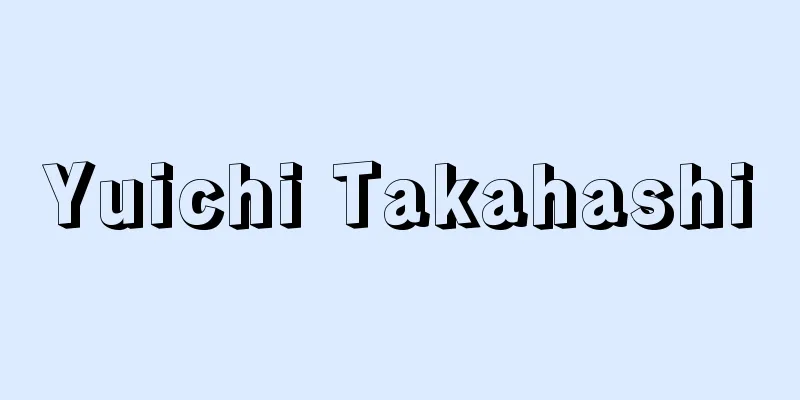Oc-éo (English spelling)

|
An archaeological site in the western Mekong Delta in southern Vietnam. It is located 25 km northeast of Rachgia, a port town on the Gulf of Thailand. In 1944, excavations by L. Malleret of the Ecole francois-extraordinaire (École francois-extreme-orient) determined that Okeo was the remains of a port city of the Funan Kingdom, which flourished from the 2nd century to the 6th or 7th century. A canal runs through the center of the site, stretching toward Angkor Borey, which is assumed to have been the capital of Funan. In addition to the wooden pillars of the pile houses, excellent crafts such as goldwork, glassware, Buddha statues and their molds have been discovered. Among the most valuable finds are fragments of a Chinese Han dynasty Kuifeng mirror and a square grid ruler mirror, a seal in Brahmi script, a small tin plate with square lugs that is thought to be a type of luggage tag or amulet, a gold coin with an image and inscription of the Roman Emperor Anthony Pius dating to 152, Buddha statues in the Amaravati and Gandhara styles of South India, and a bronze Buddha showing the influence of the Northern and Southern Dynasties of China. These excavated items tell us that at the time, Okeo was a base for negotiations with Rome and China, and a place of activity for Indian immigrants and merchants. [Yoji Aoyagi] "Ethnic Culture and Cultural Exchange between East and West - Shizhaishan and the Okeo Ruins" by Kei Okazaki (included in World Archaeology Series 8: South Asia, 1966, Heibonsha) [Reference] |Source: Shogakukan Encyclopedia Nipponica About Encyclopedia Nipponica Information | Legend |
|
ベトナム南部、メコン川デルタ地帯西部にある都市遺跡。タイランド湾に臨む港町ラチジャーRachgiaの北東25キロメートルに位置する。1944年、フランス極東学院のマルレL. Malleretの発掘調査によって、オケオはおよそ2世紀より6、7世紀ごろに栄えた扶南(ふなん)国の港市の跡と考えられている。遺跡の中央を運河が貫き、扶南の都と想定されるアンコール・ボレイAngkor Borey方面へ延びている。杭上(こうじょう)家屋の木柱のほかに、金細工、ガラス器、仏像およびその鋳型などの優れた工芸品が発見されている。なかでも、中国・漢の夔鳳(きほう)鏡、方格規矩(きく)四神鏡の破片、ブラフミー文字の印章、荷札または護符の一種とみられる方形耳付き錫(すず)製小板、152年の紀年のあるローマ皇帝アントニウス・ピウスの像と銘のある金貨、南インドのアマラバティ様式およびガンダーラ様式の仏像、中国・南北朝の影響を示す青銅仏の出土は貴重である。これらの出土品は、オケオが当時、ローマや中国との交渉の一拠点であり、インド系移民ないし商人の活動の場であったことを物語っている。 [青柳洋治] 『岡崎敬著『民族文化と東西文化の交流――石寨山とオケオ遺跡』(『世界考古学大系8 南アジア』所収・1966・平凡社)』 [参照項目] |出典 小学館 日本大百科全書(ニッポニカ)日本大百科全書(ニッポニカ)について 情報 | 凡例 |
>>: Okeanos (English spelling)
Recommend
Ossietzky, C. von (English spelling)
…The main targets of his criticism were the burea...
Plug receptacle
…The Japanese colloquial name for an outlet, plug...
Pitys
...Pine cones, pine needles, and pine bark are al...
Gigi - Gigi
A freshwater fish belonging to the order Silurifo...
Kartagenatokon - Kartagenatokon
...It has long been used by local people in South...
United Church Board for World Ministries
…DC Green was the first missionary of the Board t...
"Kikkuden" - Kikkuden
…He was appointed Minister of the Interior after ...
Gammaridea
…They are classified into four suborders: Gammari...
Hepatitis - Kanen
It means inflammation of the liver, and is a path...
Motion Picture Producers League of America
...The block booking system brought Hollywood to ...
Article - Kijibun
〘noun〙 A type of writing. Writing that primarily d...
Gill chamber
...Their shapes vary depending on the type, and t...
Matsumoto Shunsuke - Matsumoto Shunsuke
Western-style painter. Maiden name Sato. Born in ...
Rarefied gas tunnel
In supersonic flows, the Schlieren method is used...
Slater - John Clarke Slater
American physicist. Born in Illinois. After study...
![Basf [company] - Basf](/upload/images/67cc8526cf108.webp)






![Gosen [city] - Gosen](/upload/images/67cb95331ce9f.webp)

